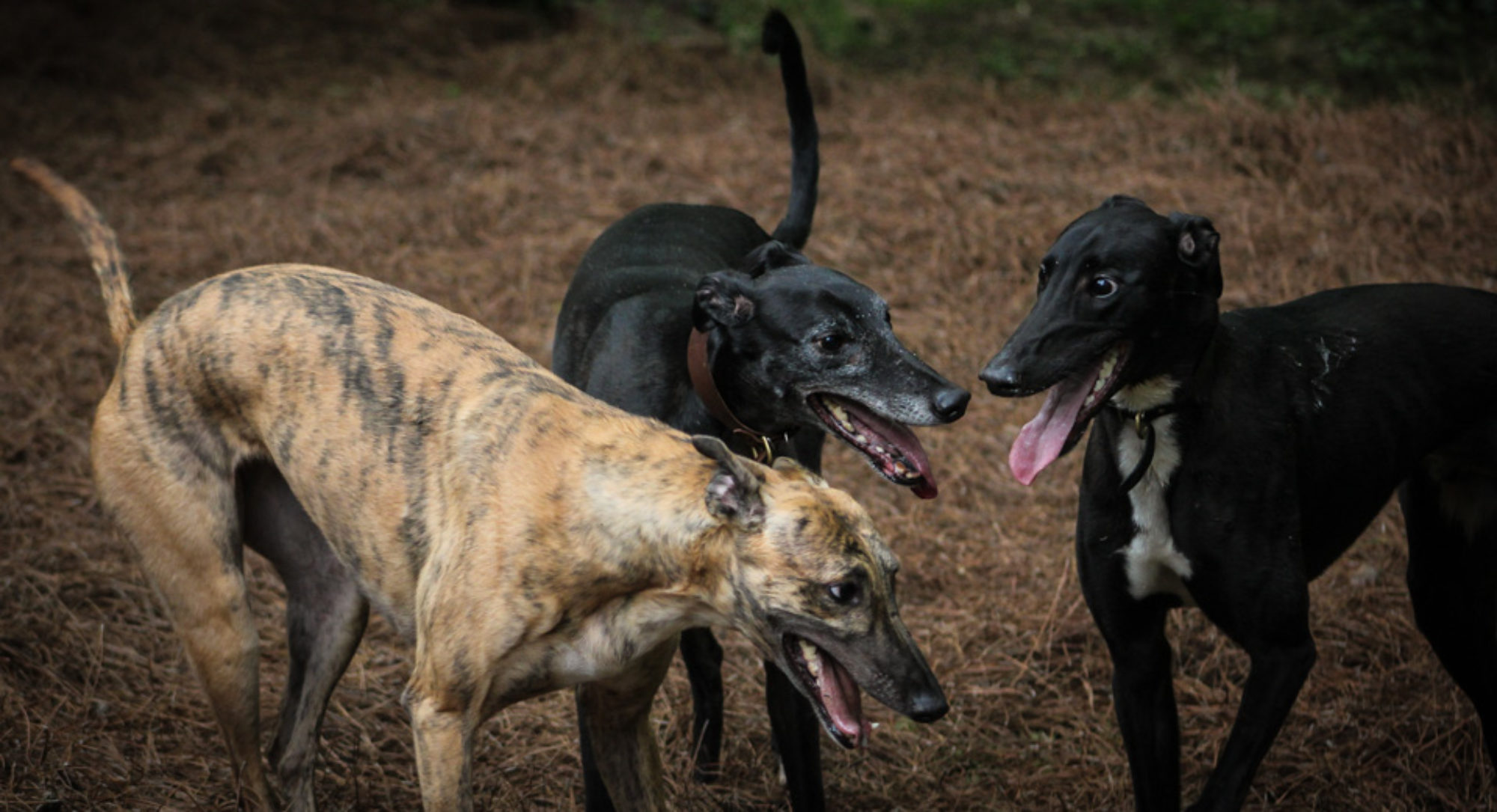Today I am going to take a break from my regular blog post.
Once a month I am going to dedicate a post to a Greyhound-friendly product that I love. I love to shop and have tried various products for my Greyhounds. I hope that my experience will help when you are deciding on what toys, collars, beds, and other hound needs to purchase.
If you have looked at the photos on this blog you know my Greyhounds love a good ball.

Balls are fair game in our house. You leave some brand new tennis balls lying around and you are sure to come back to some slobbery fuzz-less balls. Balls are king in our house for humans and hounds alike!
You may be thinking balls are a dime a dozen and there can’t be one ball better than all the rest. Well, I disagree!
When I look for a ball I want something that can easily be held in a Greyhound’s mouth, not too heavy and has some give; Jethro likes to squeeze and pump the balls in his mouth. The ball also needs to hold up against heavy use, chewing, be able to float, and can easily be cleaned.
Hands down the best ball meeting the criteria above is the Planet Dog Orbee-Tuff Orbee ball. This ball is shaped like a globe and the continents are elevated and textured which is fun for chewing. I thought those elevated continents were going to be goners but we have had this ball for about two years and the continents are still intact. This ball does have some give, comes in various sizes, and is not heavy. Orbee-Tuff toys are non-toxic and recyclable. They are made out of thermo plastic elastomer (TPE) and have Olefinic oil and Peppermint oil to soften the toy. The Peppermint oil also makes the toy and your Greyhound’s breath smell fresh.

This ball was a game changer. I use it most often for fetch, but if I need the boys to be extra good I will give one each of them and they will play and occupy themselves for extended periods of time. Darla is always extra good!
Hope you try out the Planet Dog Orbee-Tuff Orbee ball and let me know what you think!













